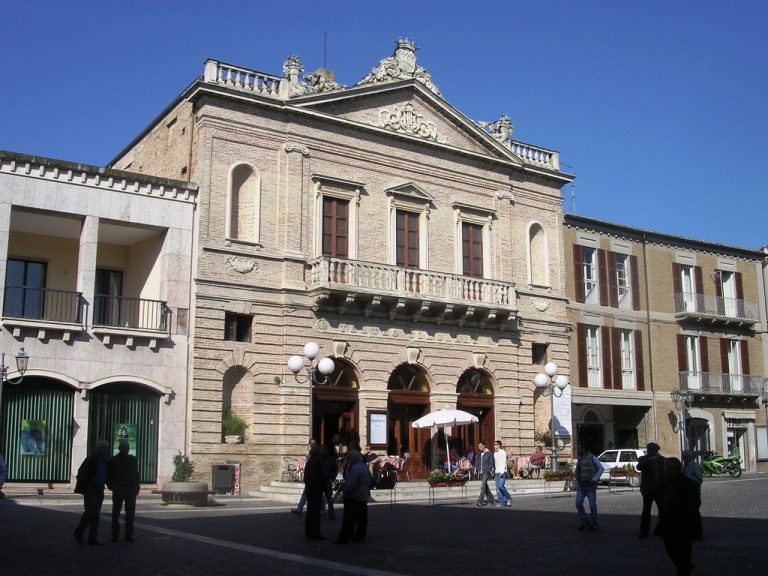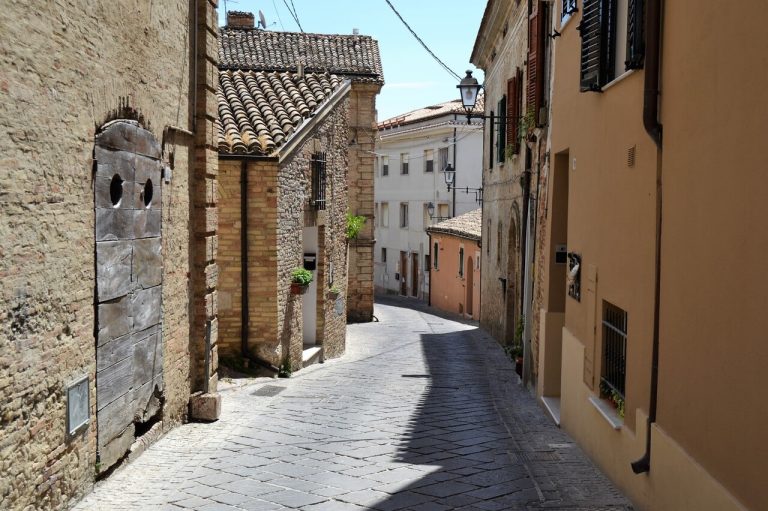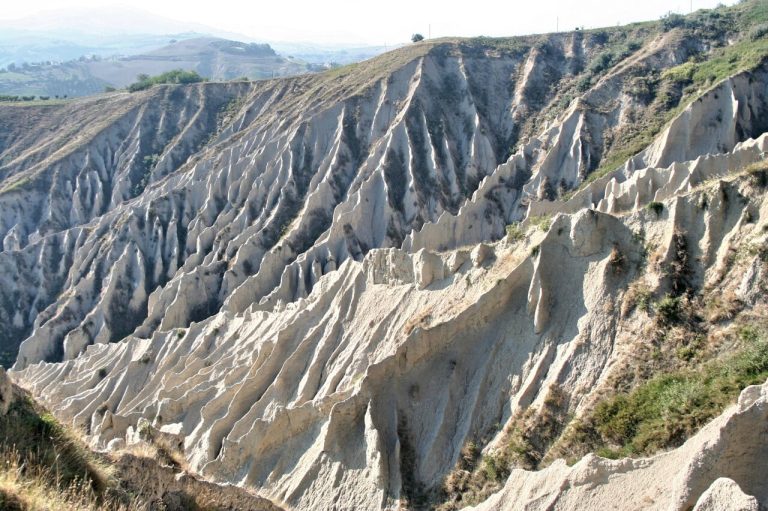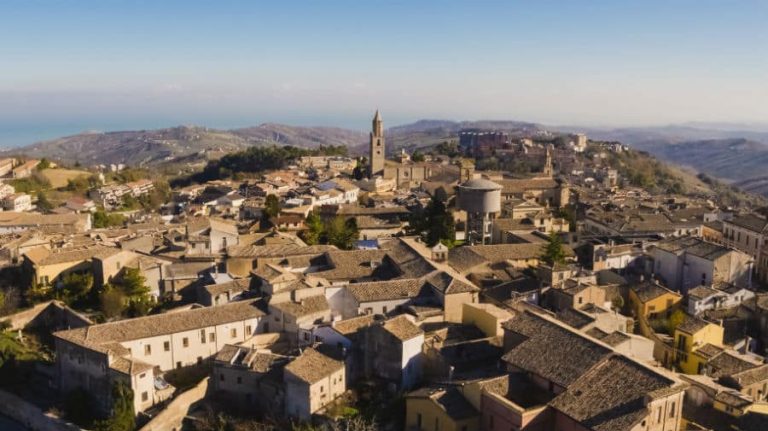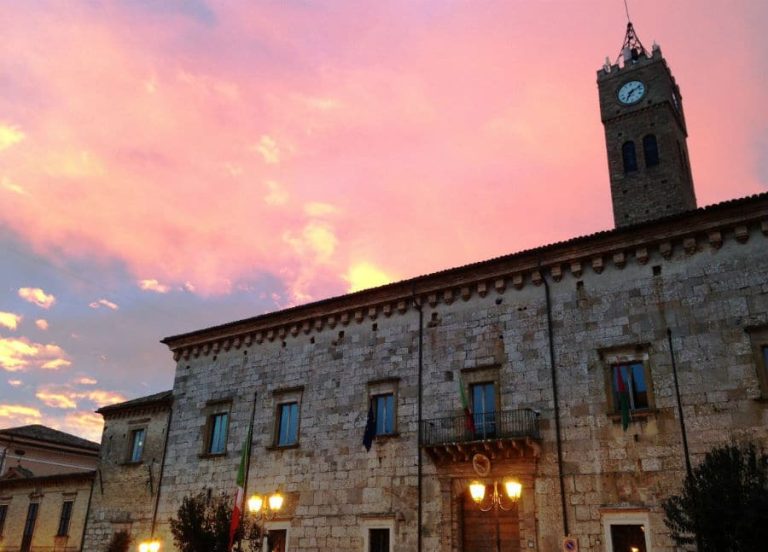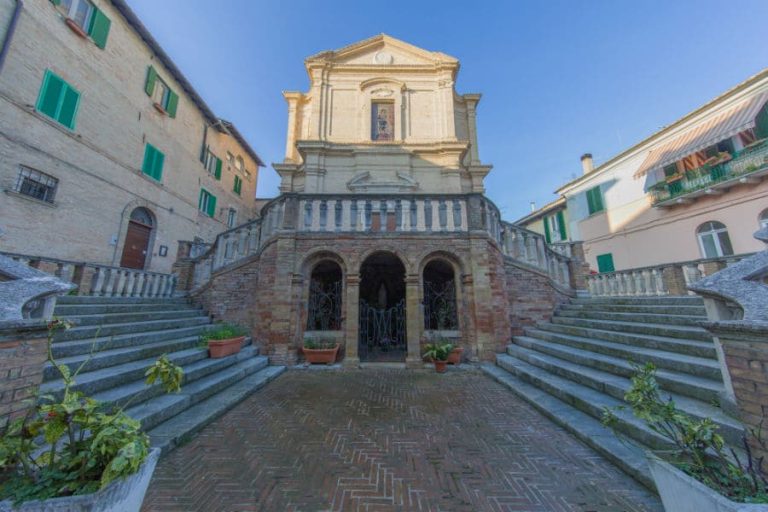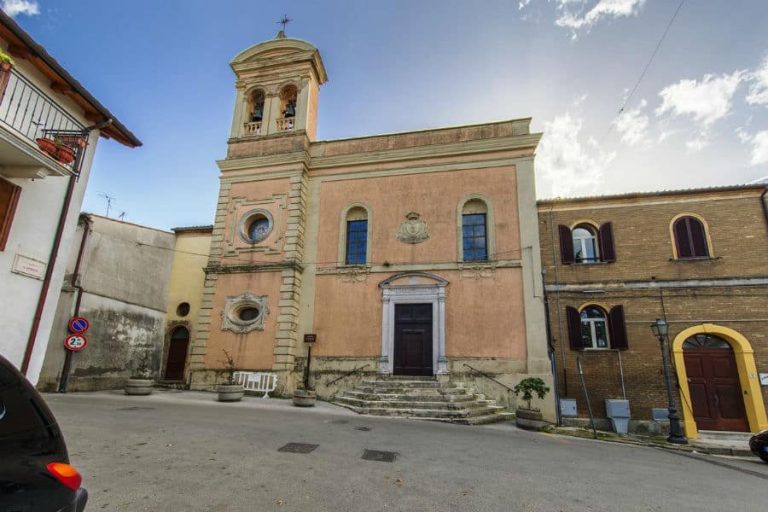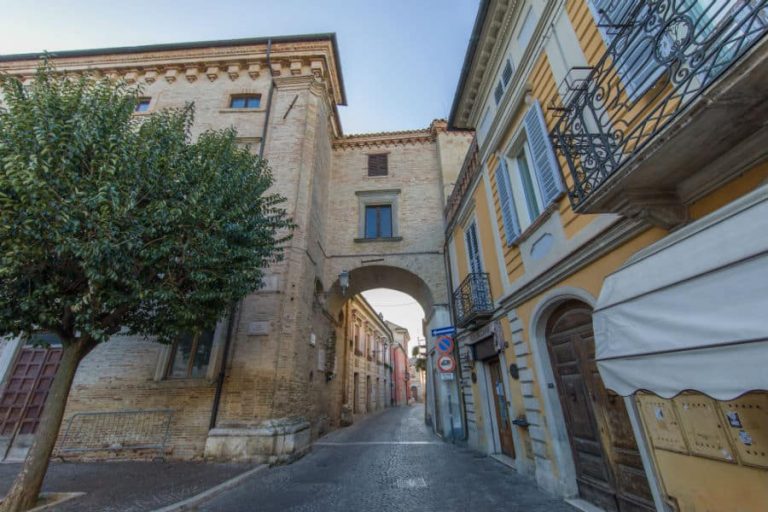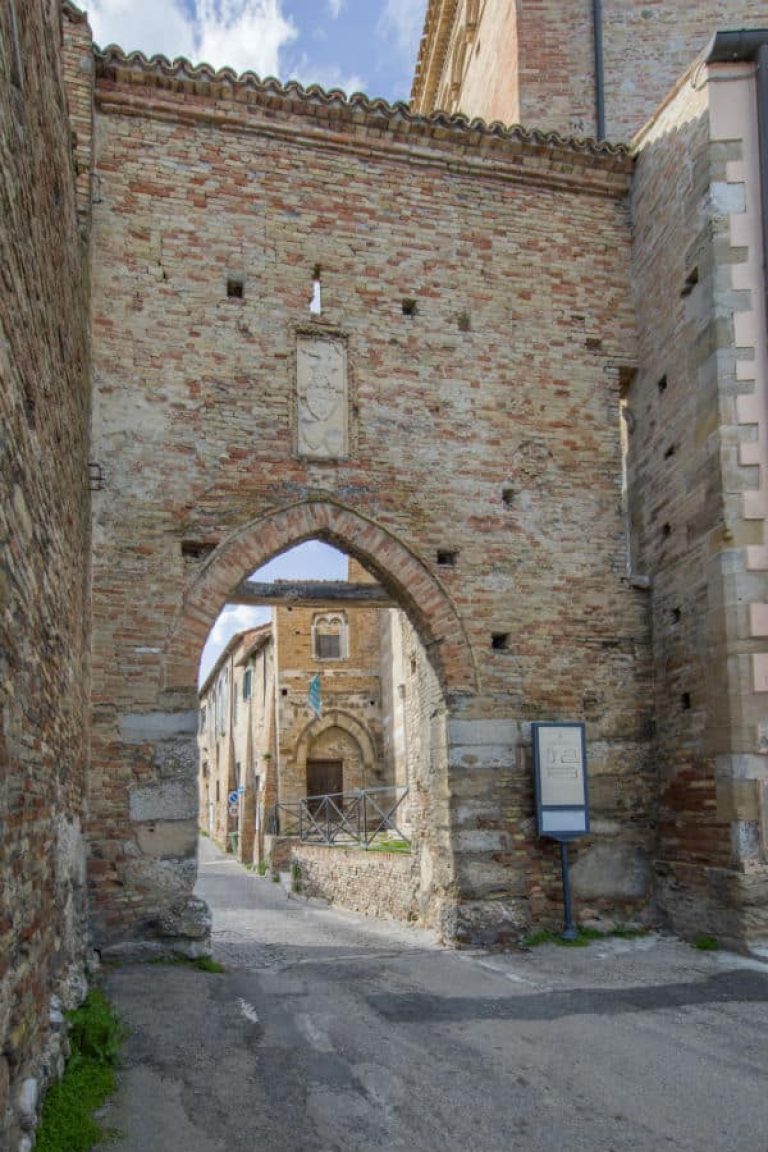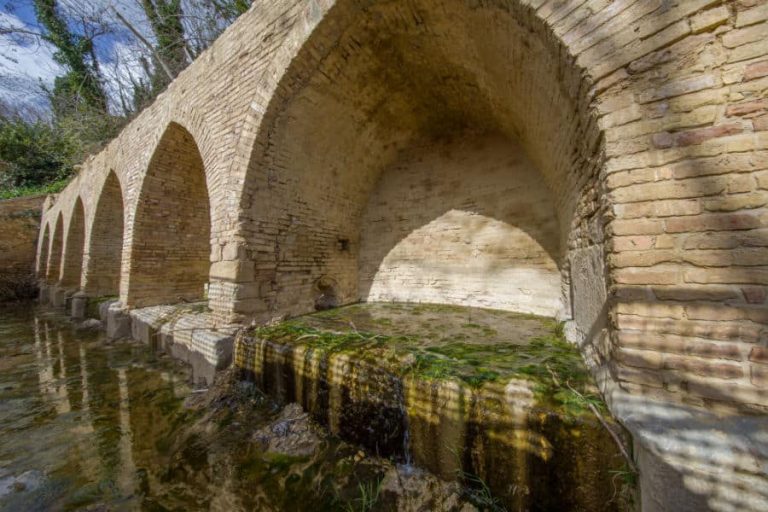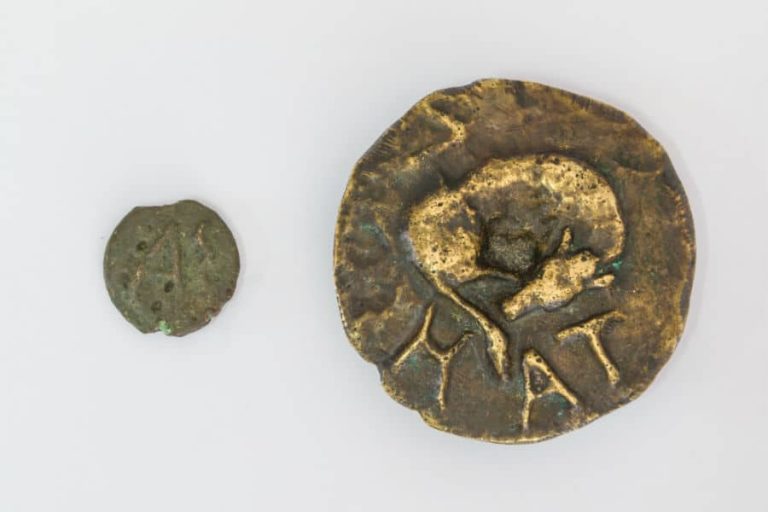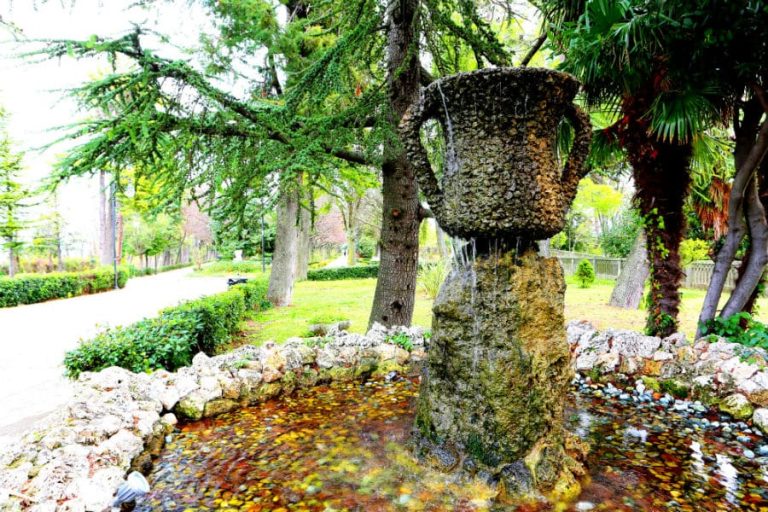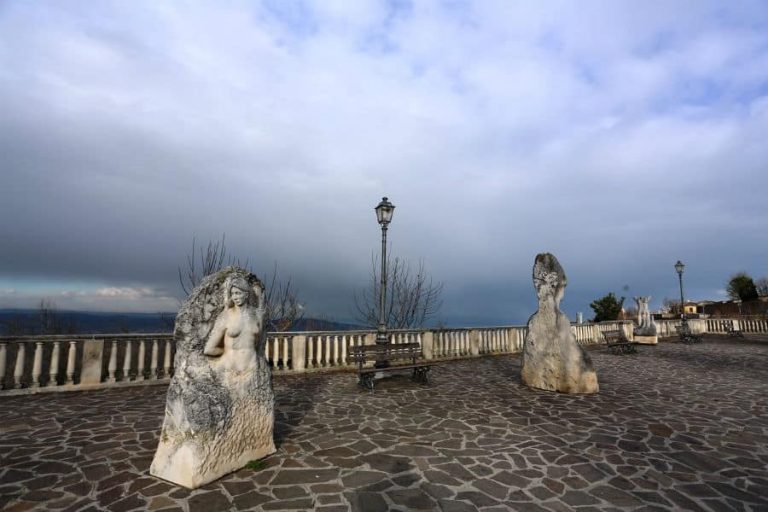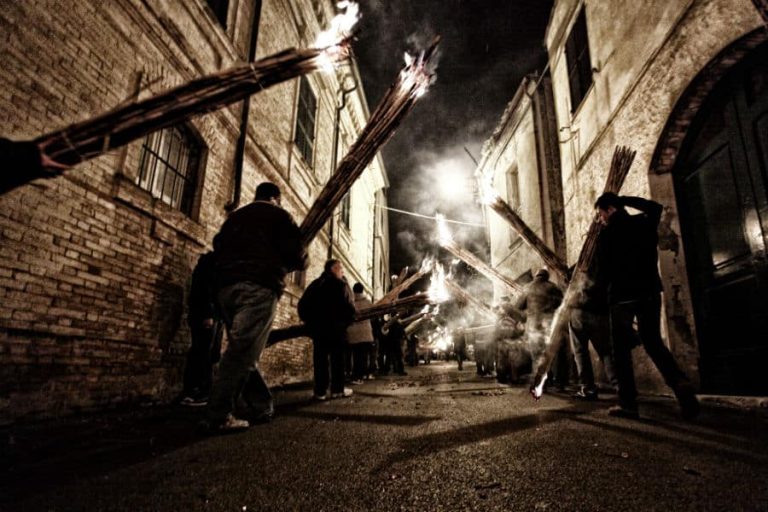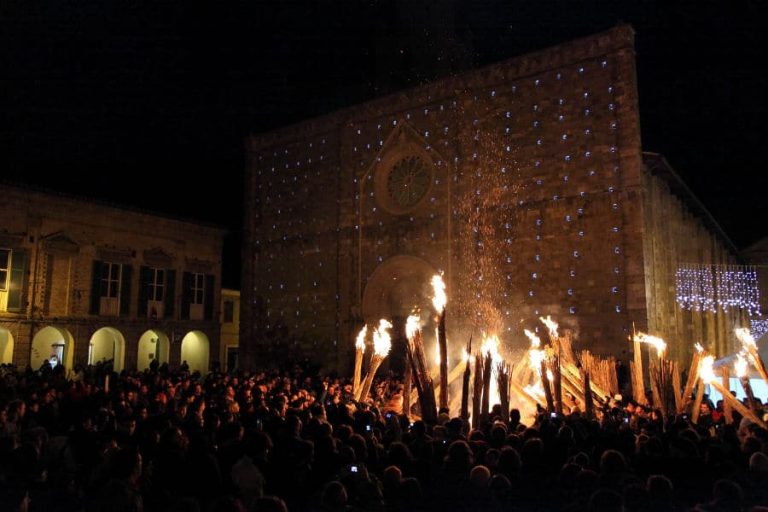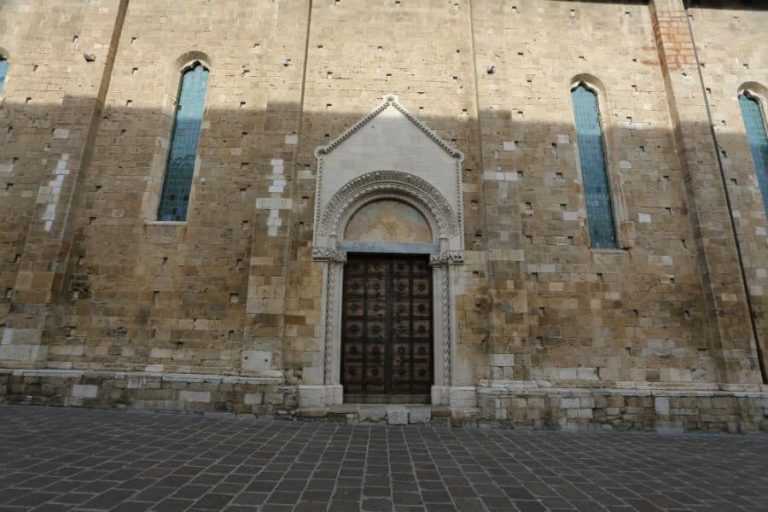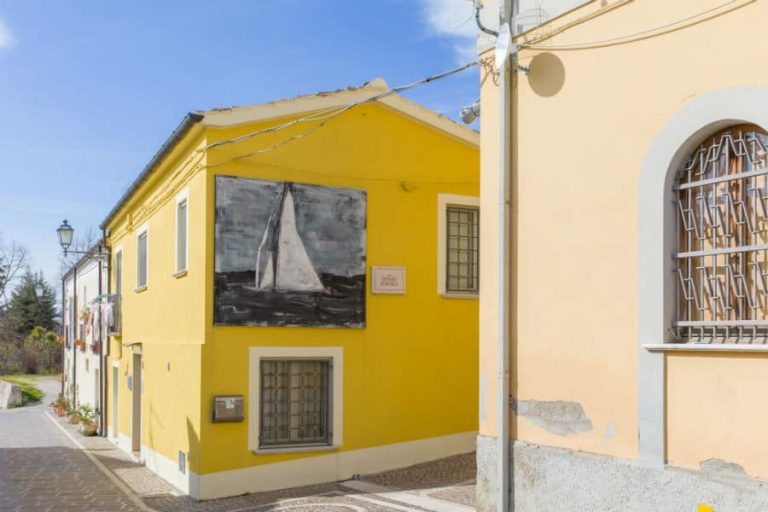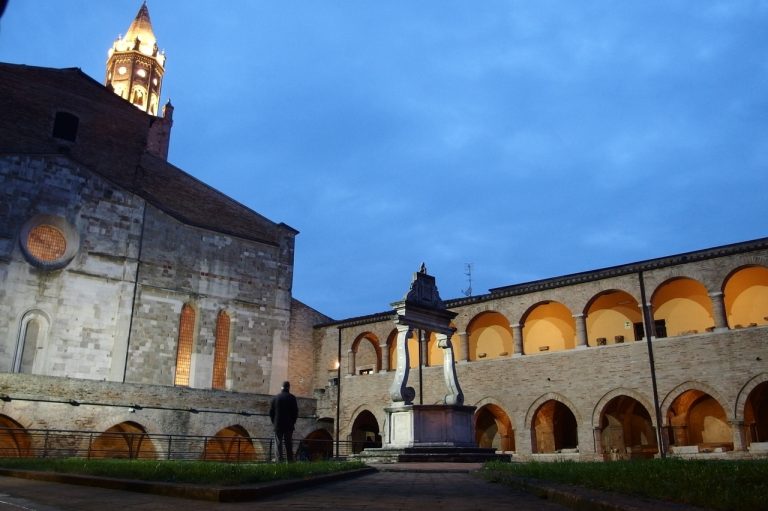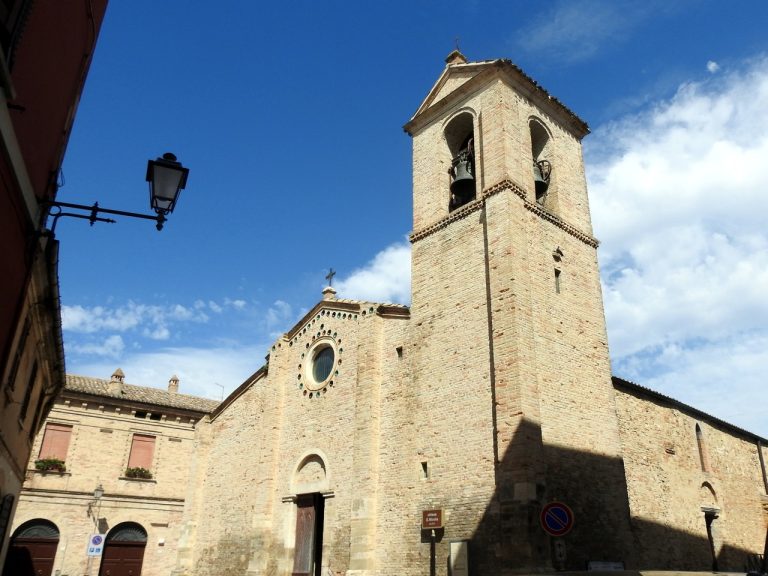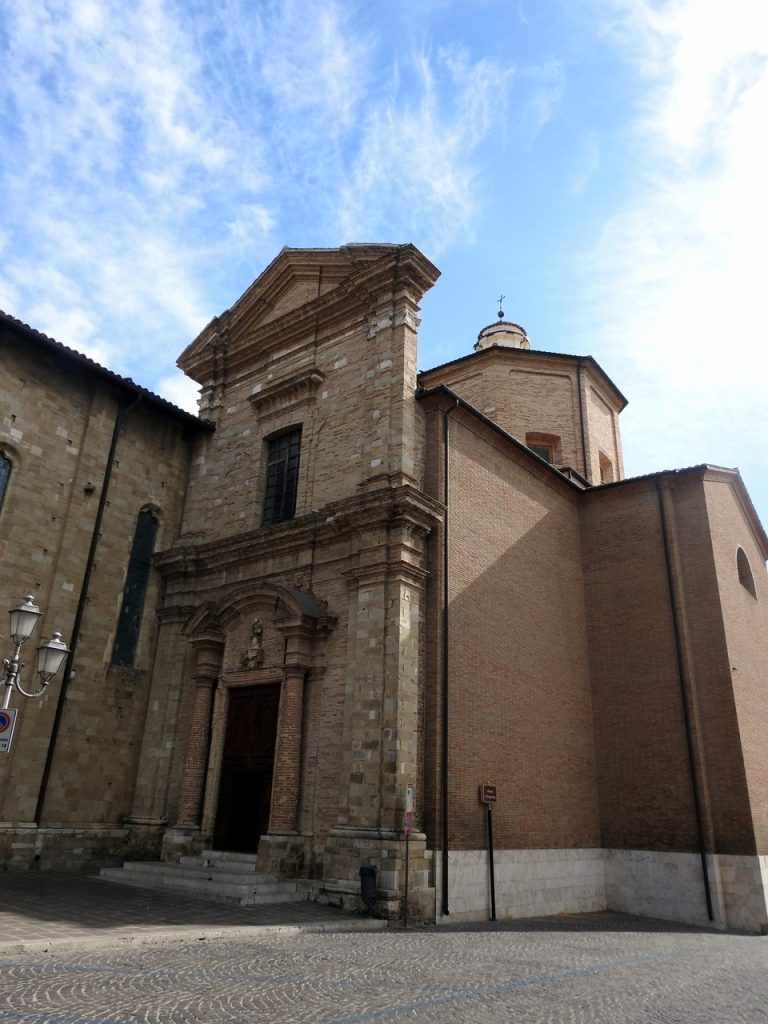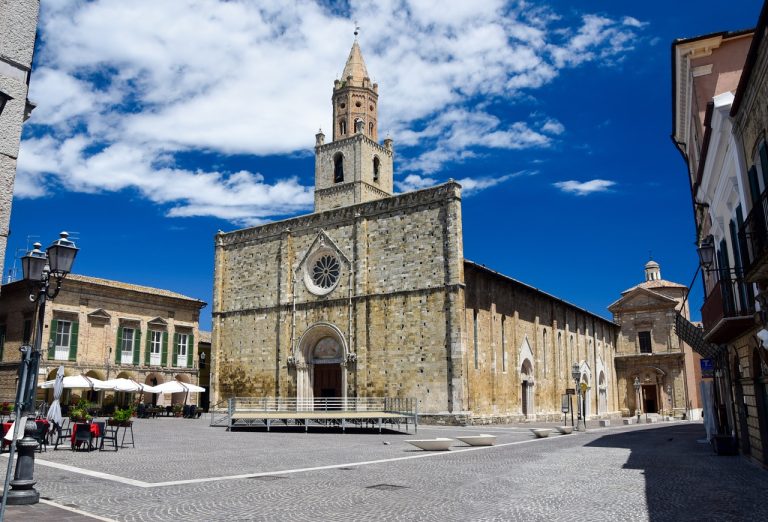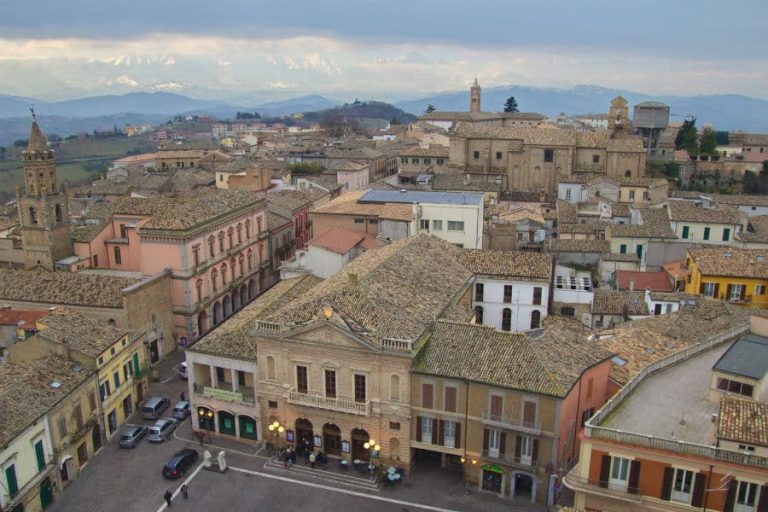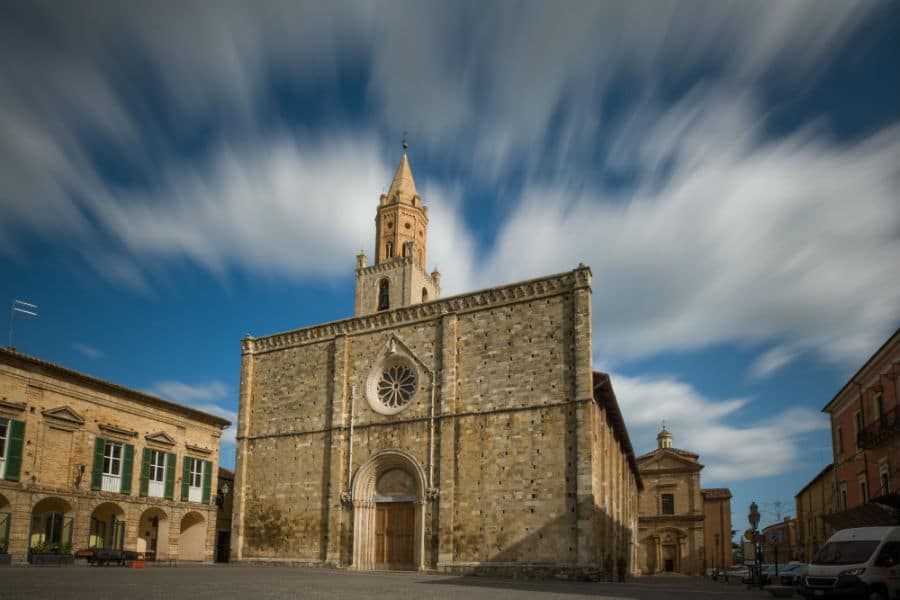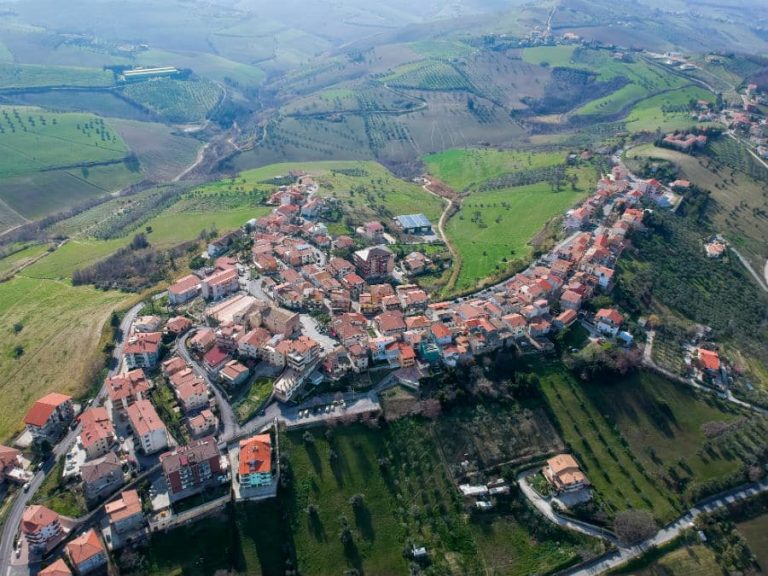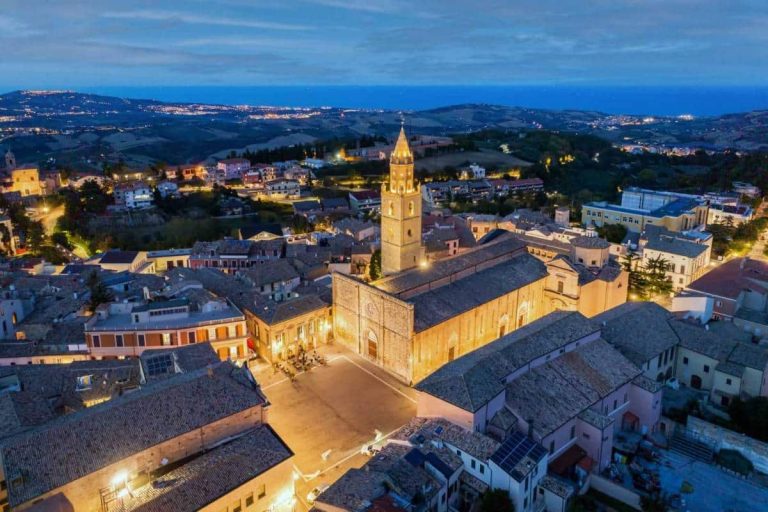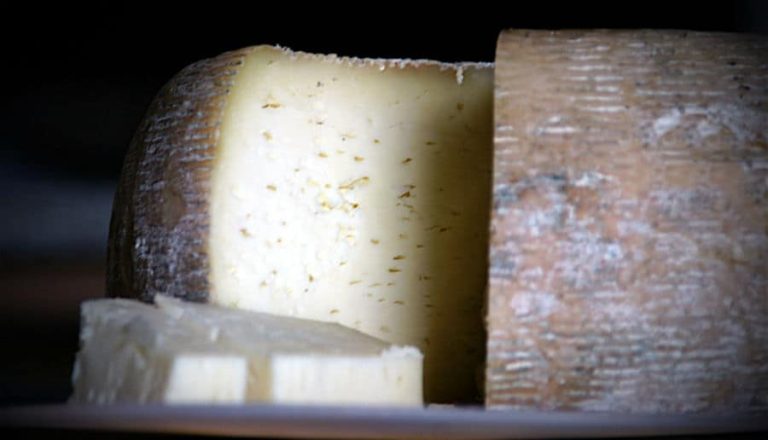Between fertile hills wetted by the breeze of the sea and brulli gullies, rises the charming and towering borgo di Atri. Known to the Greek and latin authors as the strong and stalwart Hatria Picena, its origins date back to the Iron Age (X-XI century a.c.), as demonstrated by the numerous archaeological finds. Hatria was a powerful city forming part of V Regio of territory Piceno, among the first to issue an own currency cast in bronze signed HAT since the Roman era (IV-III a.c.), preserved today at the most important museums of the world.
By virtue of his outstanding social status and commercial matters was one of the first cities to ally themselves with the Romans already in 289 a.c., playing a dominant role in the expansion of what would have been the future empire. Through the formula togatorum, Atri helped Rome in the most delicate moment of his statement providing several militi, among which was distinguished Salvieno Publius, the family of the Publii, the same of the Emperor Publio Helium Adriano.
Because of its strategic importance and commercial, it is believed that the city has given its name to the Adriatic Sea (Hadria, Hadriaticum). The Greek geographer Strabo recalls the presence of a maritime harbor on the coast at the service of the city behind, whose flourishing trade allowed from the very beginning an opening extensively on the whole culture of the Mediterranean. Through the so called hadrianai amphorae, which Pliny describes how tenuitas and firmitas, you commerciava oil and in particular wine, much appreciated by the Greek medical purpose medicament, good for the digestive system and demanded from Egypt as show the papyri found. Polybio narrates that Hannibal healed their horses and his army, suffering from scabies, with the old wine piceno, crossing the territory Pretuziano and Adriano. Also the ancient coins bear an iconographic repertory linked to the sea, dolphins, rays, wine amphorae, all the elements that characterize the city since the IV century B.C.
In the VI century B.C. Atria is allied to the confederation picena terminating in Ascoli Piceno, as evidenced by the fascinating burials found in locality Colle della justice and Pretara. This is true and own necropolis, thirty-five burials of men, women and children, with their outfit. In this period Hatria was one of four sea emporium present on the Adriatic together with Plug, Numana and Porto Trebbia, open to the entire culture of the Mediterranean from the very beginning. The period preromano preserves important monumental and tanks of the republican era (IV century B.C.) in the dungeons of the Cathedral of Santa Maria Assunta and other aquatic systems still efficient and functioning as the famous archaeological fountains.
During the imperial age, when he ascended to the torno Adriano, Atri lived its period of maximum splendour. The emperor took particular care of his own country of origin. Even today the main street of the town is named after him. Here lived the gens Aelia, from which the name of the Emperor Aelio Hadrianus, in a portion of territory identified as Ager Hatrianus that a time is extended to the north up to the river Vomano, South up to the river Saline, between the Adriatic Sea and the slopes of the Gran Sasso d'Italia and that today partly follows the so-called Terre del Cerrano.
In the medieval era, Atri became one of the centers historically and culturally more important in central-southern Italy, thanks to the duchy of Acquaviva. On the occasion of the struggles between the Swabians and the Papacy Atria, first among the cities of the Kingdom, lined by the Guelph party. For the fidelity and the availability of the city at the service of the Church, in 1251 Pope Innocent IV conferred in Atri the diploma of the institution of the Diocese and of communal autonomy with the territory corresponding to that of the old colonial agro romano. It was in this period that the ancient Ecclesia of Sancta Maria de Hatria was elevated to the title of the Cathedral, with a long season of restorations and artistic works of high quality that concluded with the splendid portals of the '300 by Raimondo del Poggio and Rainaldo d'Atri, of so-called Atriana School, a note bottega of ancient origin of which traces are found architectural and sculptural works throughout the Abruzzi.
In the quarrel of the territory between the Papacy and the Royal property, Atria from 1393 became the seat of the duchy of Acquaviva, one of the seven families the most important of the Kingdom Naples, that here first set up its headquarters in control of a very large territory, secured on the coast from the famous Torre del Cerrano.
The historic center of the atria is dotted with monuments, palaces, museums, characteristic alleys and squares that revolve around the main course Course Helium Adriano, entitled to the homonymous emperor, under which still lie the ancient streets in paving romano and precious mosaics belonging to the rich domus, partly recovered. Here Overlook beautiful religious buildings and imposing palaces that go from the period of the Renaissance, Baroque, neoclassical until the Liberty style of which there are few examples in Italy. Surrounded by mighty walls that recall barbarity and bloody piraterie, in the northern part of the city extends to that today it is a very pleasant path belvedere that sweeps simultaneously from the sea to the mountains, 442 meters s.l.m., which takes us up to the only surviving gate of the city: Porta San Domenico bearing the coat of arms of the lineage Acquaviva d'Aragona with a rampant lion crowned, recalling tacitly all the elegance and the beauty of the time.
Many traditional events in the course of the year and the typical products that can be tasted in the territory and in the village. Among the most famous pecorino cheese d'Atri, the arrosticini, honey, licorice, maccheroni with the crumb, oil and sweet Pan Ducale. Among the wines we remember the Montepulciano d'Abruzzo, the Trebbiano and Chardonnay.



